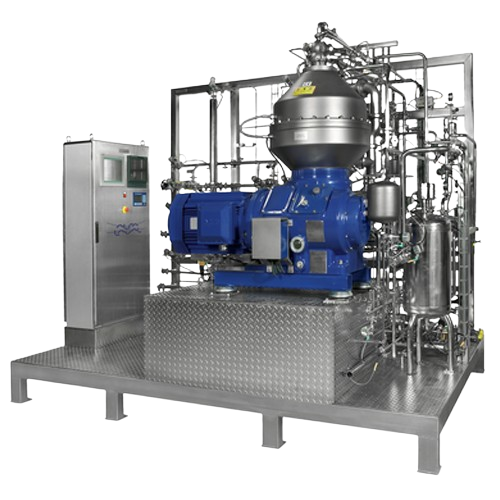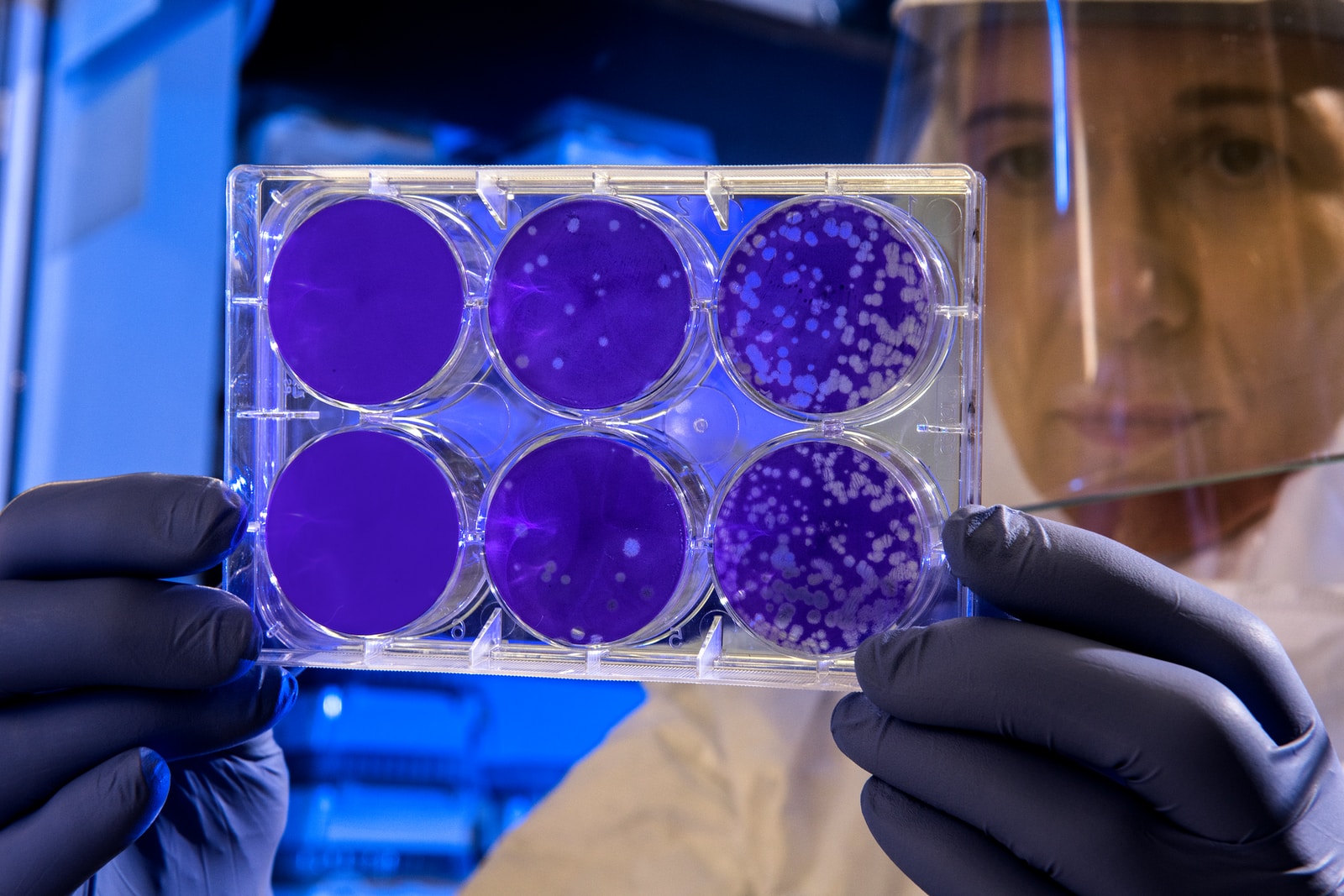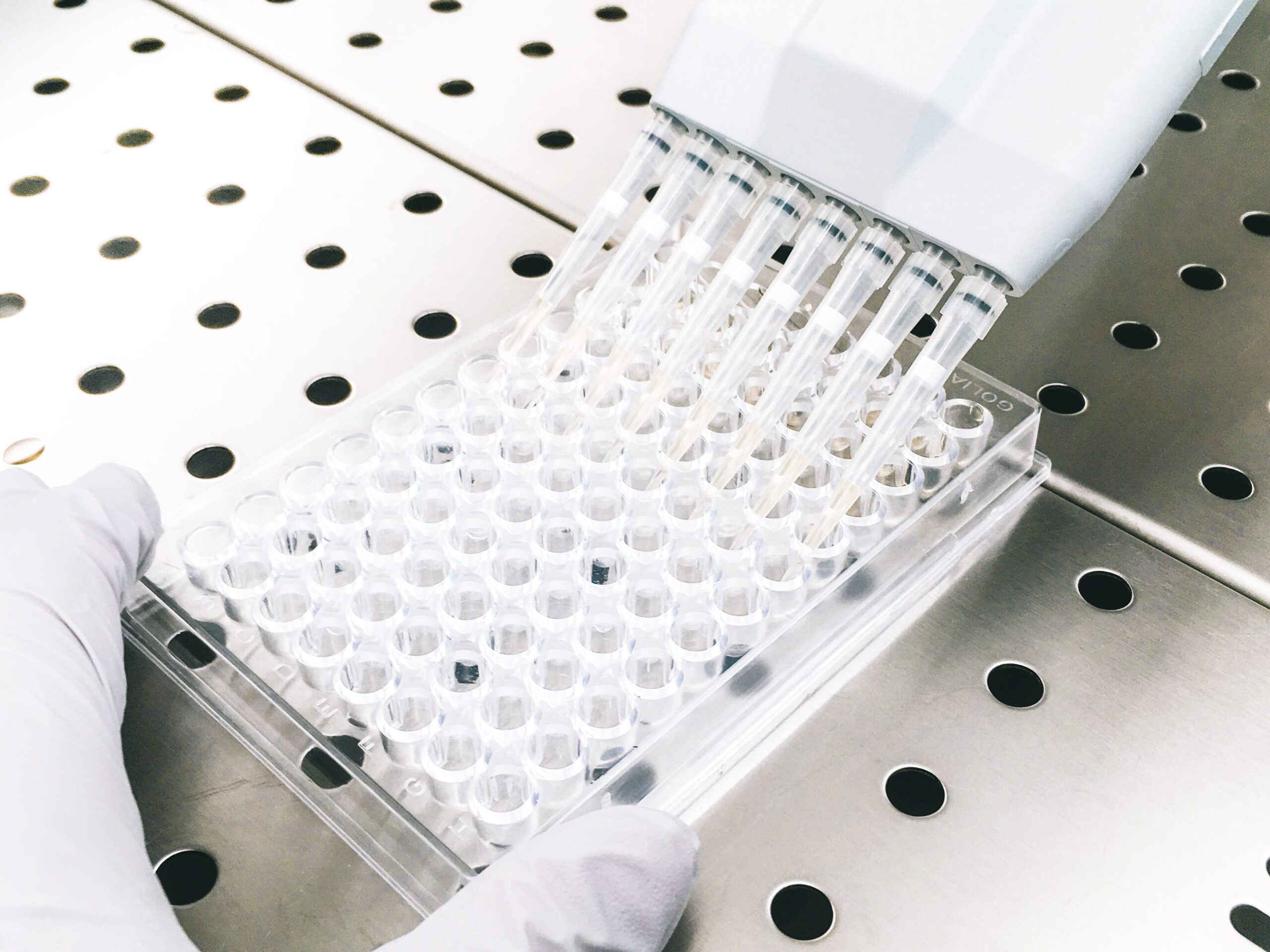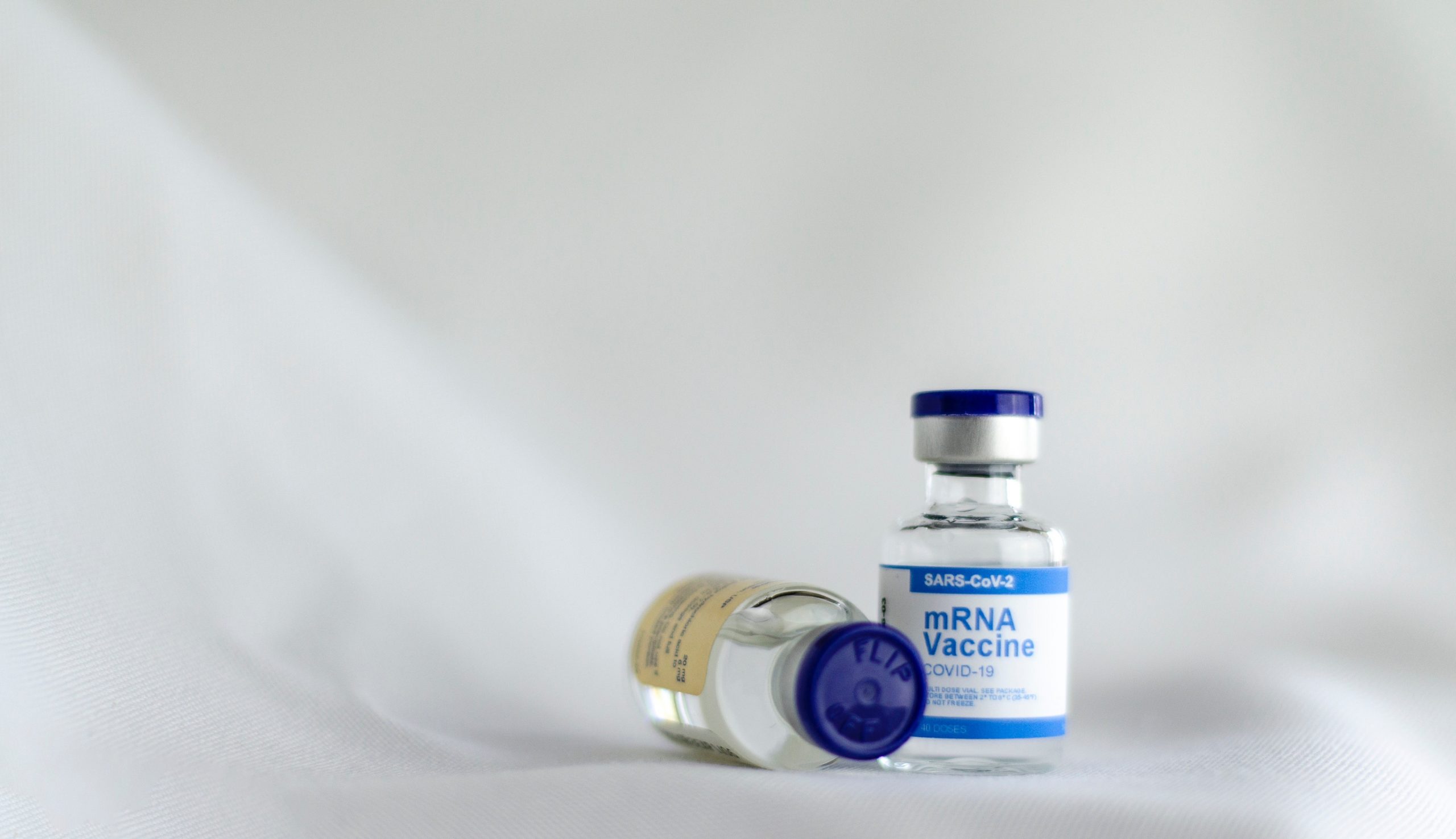Biotech fermentation centrifuge for continuous solids discharge
Ensure high-density fermentation processes achieve optimal solids separation and concentration, addressing the challenges of maintaining consistent discharge in varying feed conditions.

Separates and Concentrates Biotech Slurries
The BTUX from Alfa Laval is a vortex nozzle centrifuge designed to tackle challenging biotech separation duties, specifically in high-density fermentation and cell culture applications. Utilizing self-regulating vortex nozzles, it maintains constant solid concentrations despite fluctuations, enhancing separation efficiency. This centrifuge supports the production of recombinant proteins, monoclonal antibodies, and vaccine components. Operating continuously and automatically, the BTUX efficiently processes slurries with solids content ranging from 1–20% by volume. It integrates seamlessly with your production line, featuring a CIP system for automated cleaning and designed for steam sterilization to meet stringent NIH guidelines for BSL-2. The BTUX offers flexible configurations to meet varying process requirements, including corrosion-resistant materials for chemical applications, while minimizing energy consumption through its closed system and low-pressure operations.
Benefits
- Ensures consistent product quality with self-regulating vortex nozzles for stable solid concentrations.
- Enhances operational efficiency by reducing clogging risk and allowing continuous operation near maximum capacity.
- Lowers energy consumption through efficient solid recovery in a closed system.
- Complies with stringent hygiene standards, suitable for BLS-2 and capable of steam sterilization.
- Simplifies cleaning and maintenance with automatic ejection of solids and CIP integration.
- Applications
- Cell culture, Biotechnology, Fermentation, Biopharmaceuticals, Biotech
- End products
- Cell harvested products, Monoclonal antibodies, Fermentation-derived enzymes, Biomass-derived pharmaceuticals, Recombinant proteins, Vaccine components
- Steps before
- Fermentation, Concentration, Biotech lab preparation
- Steps after
- Sterilization, Cleaning-in-place (CIP), Discharge of solids
- Input ingredients
- high density fermentation feed, cell culture fermentation, feed flow rate, feed solids concentration
- Output ingredients
- discharged solids, concentrated solids, clarified liquid phase, skimmed concentrate
- Market info
- Alfa Laval is renowned for its expertise in heat transfer, separation, and fluid handling technologies, providing innovative, energy-efficient engineered-to-order solutions for various industries including food, marine, and energy.
- Separator Type
- Nozzle centrifuge
- Solids Discharge Mode
- Continuous
- Solids Concentration in Feed
- 1–20% by volume
- Operational Efficiency
- High efficiency, low energy consumption
- Hygiene Specification
- NIH guidelines for BLS 2
- Sterilization Capability
- Steam sterilizable, contained operation
- Automation
- Automatic ejection of solids
- Cleaning Method
- Automated CIP
- System Size
- Available in different sizes
- Pressure
- Operates under closed system pressure
- Vortex Nozzle Feature
- Self-regulating vortex nozzles
- Working mechanism
- Centrifugal separation with vortex nozzles
- Cleaning method
- Automated CIP with automatic ejection of solids
- Automation level
- PLC-controlled
- Batch vs. continuous operation
- Continuous
- Energy efficiency
- Low energy demand for solids recovery under pressure
- CIP/SIP
- Designed for steam sterilization and contained operation
- Risk of clogging
- Low due to self-regulating vortex nozzles
- Density/particle size
- 0.5–2.5 g/cm³ / 50–1000 µm
- Fermentation compatibility
- High density fermentation
- Machine footprint
- Varies by size option
- Separator type
- Disc type bowl
- Discharge method
- Automatic ejection of washed-out solids
- Nozzle type
- Self-regulating vortex nozzles
- Control panel type
- PLC-controlled
- System components
- Separator, electric motor, solids cyclone, switch gear panel, starter, control panel, valve cluster, flow meter, sight glasses, flexible connections
- Solids content in feed
- 1–20 % by volume
- Integration with process lines
- Automated CIP, Automated ejection
- System design
- Closed system under pressure





